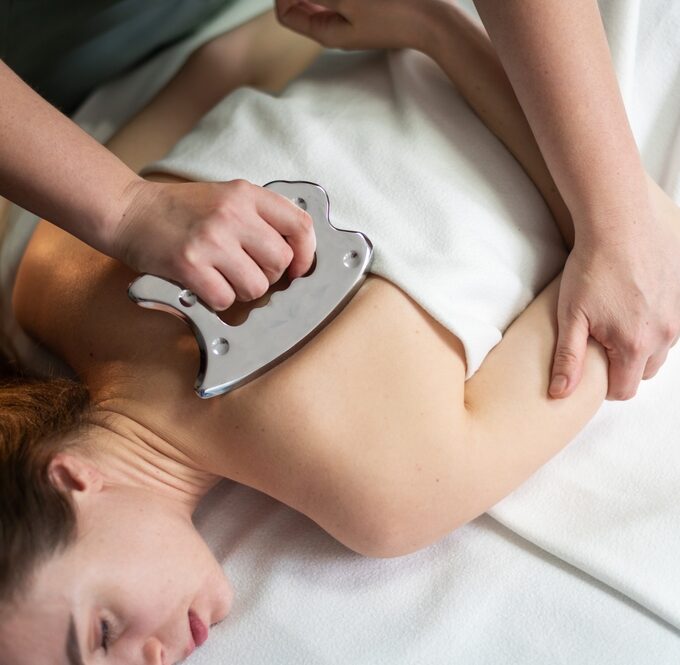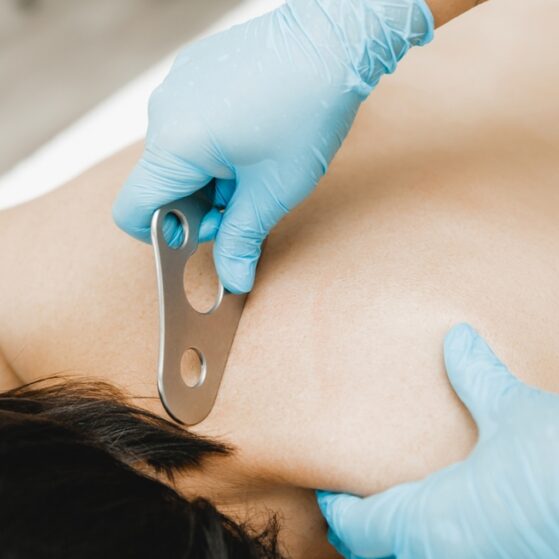After experiencing trauma from an accident or surgery, your body automatically begins its healing process. For the most part, this process is beneficial. It puts back together key structures and strives to get your body to a place where it can function normally. But in some cases, the scar tissue that is left behind can become painful and even limit your range of motion, especially in soft tissue. Muscles, ligaments, tendons and fascia are all parts of soft tissue and are exceedingly difficult areas to treat.
IASTM, also known as instrument-assisted soft tissue mobilization, has been practiced for more than 25 years and continues to be an excellent way to treat soft tissue injuries. If you would like to schedule an appointment with our office and find out if IASTM treatment is right for you, contact the Orthopaedic Institute of Ohio at 419-424-0131.



